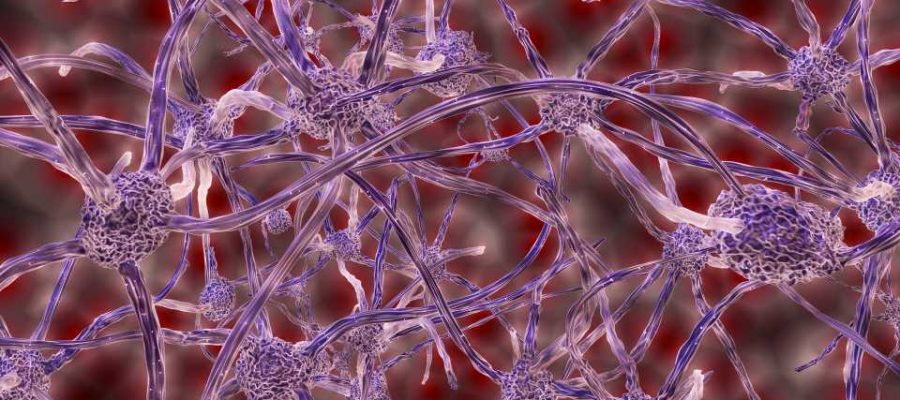
Neuroscientists have been trying to understand for decades how the human brain changes over the lifespan. This could ultimately help to devise more effective treatments for neurological and cognitive disorders primarily observed in the elderly.
Researchers at Drexel University and Villanova University have recently carried out a study investigating the relationship between age and the functional coupling between specific neural networks in the brain. Their paper, published in Psychology and Aging, shows that the connectivity between certain brain regions can predict people’s chronological age with a high level of accuracy.
“A long-standing question in the literature on aging and cognition pertains to individual differences in cognitive performance as a function of age,” Dr. Evangelia Chrysikou, one of the researchers who carried out the study, told MedicalXpress. “More specifically, What are the factors that determine why younger and older adults differ in their ability to perform all sorts of memory, attention, or cognitive regulation tasks?”
The differences in cognitive functioning among people of different ages are well documented. The idea that these differences are associated with changes in brain connectivity (i.e., the way in which brain regions and networks communicate with each other) was introduced and discussed in many neuroscience papers.
“Although most of prior literature has focused on how such neural connectivity differences are related to how well younger and older adults do on different cognitive tasks, in our paper we thought to turn the question on its head, so to speak,” Chrysikou said. “We asked: Can we use patterns of brain connectivity when people are not doing any tasks to predict their age?”
As part of their study, Chrysikou and her colleagues, Dr. Irene Kan and Dr. Meghan Caulfield, analyzed data collected from a large cohort of 547 participants between 18 and 88 years old, part of a publicly available brain imaging dataset compiled by the Cambridge Centre for Aging and Neuroscience (CamCAN). By analyzing these data, the team firstly investigated whether connectivity between the executive control network (ECN) and default mode network (DMN) regions in the brain can predict age.
“To do this, we used a well-established statistical technique called multiple regression analysis,” Chrysikou explained. “We further examined how connectivity between ECN, DMN, and another region, the salience network (SN)—which is thought to mitigate how ECN and DMN regions talk to each other—impacts the strength of the connections between ECN and DMN areas.”
The analyses carried out by Chrysikou and her colleagues yielded many interesting findings. Most notably, the results showed that the functional connectivity between large-scale brain networks can predict age with good accuracy and that it varies across the lifespan. More specifically, they found that the connectivity between ECN and DMN brain regions accounts for a significant portion of age variability.
Interestingly, the researchers found that when they also included the SN (a set of brain regions that selects salient external or internal stimuli for the brain to focus its attention on) in their analyses, they could predict a person’s age with even greater accuracy. In the future, their work could help to better understand the brain connectivity patterns associated with the decline in cognitive abilities observed in older age.
Source: Read Full Article
